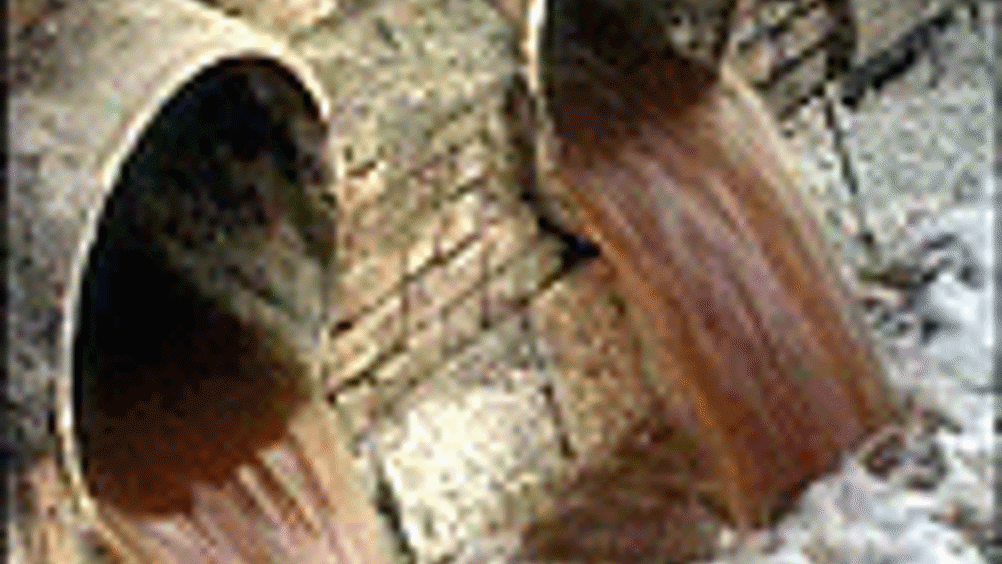Combating odours

A technique has been developed in Australia to combat offending odours produced by many industries, including wastewater treatment plants.
Environmental Biotechnology CRC (EBCRC) researchers at Macquarie University in Sydney and Murdoch University in Perth developed the technique, which uses a novel way to harness bacteria to biodegrade odour-causing substances.
Dr David Garman, executive director of the EBCRC, said: 'While bacteria can deal with a wide range of odours, their unreliability, poor viability and poor performance in normal biofilter systems mean that often operators prefer to use simpler chemical systems. Some of these systems are effective at masking the odours but do not remove or break them down.'
The new technique immobilises odours, which are volatilised chemical compounds at a very low concentration, onto adsorbing particles such as modified zeolites, where they are broken down using either enzymes or bacteria.
Garman added: 'Our novel odour control process has the capacity to replace currently used biofilters, which although effective in removing many odours, deteriorate over time and eventually fail, and thus require overdesign and regular media replacement. Similarly, currently available chemical systems also require regular renewal or refills.'
Register now to continue reading
Thanks for visiting The Engineer. You’ve now reached your monthly limit of news stories. Register for free to unlock unlimited access to all of our news coverage, as well as premium content including opinion, in-depth features and special reports.
Benefits of registering
-
In-depth insights and coverage of key emerging trends
-
Unrestricted access to special reports throughout the year
-
Daily technology news delivered straight to your inbox










BEAS funding available to help businesses cut energy costs
And not a moment too soon, if the following exchange broadcast last Friday 13th June, on the Radio 4 ´Rare Earth´ program (link below, ~ 17 minutes...